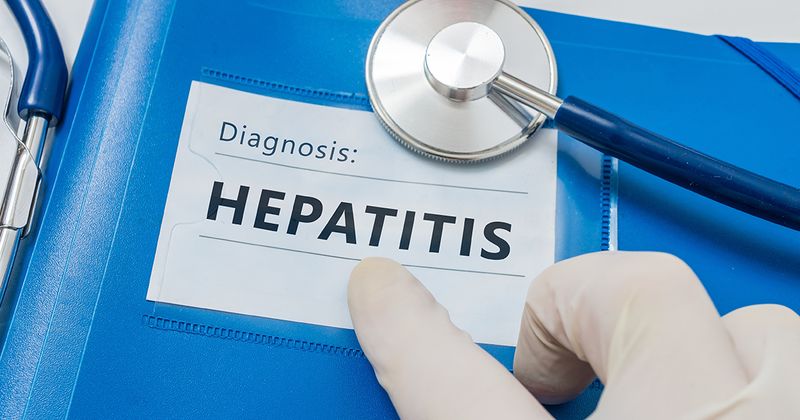Older age, high HBsAg levels linked to increased risk for flare after treatment withdrawal
Older age, male sex and increased hepatitis B surface antigen correlated with a higher risk for hepatic flare after nucleos(t)ide analogue withdrawal in patients with chronic HBV, according to data at the EASL Congress.
“Over the last decades, several studies have shown that stopping new treatment in a selective group of patients may be beneficial since this could result in functional cure, being defined as loss of surface antigen,” Edo Dongelmans, MD, a PhD candidate in the department of gastroenterology and hepatology at Erasmus Medical Center, said. “However, stopping treatment is not without any risk since this could result in hepatic flares and even decompensation. ... Therefore, finding predictors for these flares is important.”

In a retrospective, multicenter, international study, Dongelmans and colleagues aimed to determine predictors of hepatic flares after nucleos(t)ide analogue (NA) cessation and investigate the effect of off-treatment flares on patient outcomes.
They enrolled 1,552 virally suppressed patients (mean age, 52.9 years; 72% men; 88% Asian) with chronic HBV who were HBsAg-negative at the time of NA withdrawal. Researchers defined withdrawal flares as mild, moderate or severe based on alanine aminotransferase levels of 5-, 10- and at least 20-times greater than the upper limit of normal.
“Hepatic flares are actually quite common after stopping treatment,” Dongelmans said, noting the 5-year incidence for mild flares was around 32%, which dropped to 16% for moderate flares and 5% for severe flares.
“Most flares happen within the first year of stopping,” he continued. “However, flares after 1 year do still occur.”
According to Dongelmans, predictors for mild hepatic flares include older age (adjusted HR = 1.02; 95% CI, 1.01-1.03) and male sex (aHR = 1.54; 95% CI; 1.15-2.07). Treatment with tenofovir vs. entecavir also increased the risk for flare (aHR = 2.99; 95% CI, 2.25-3.96), although this effect decreased over time.
Further, higher HBsAg levels at withdrawal were a strong predictor of flare (100–1.000 IU/ml; aHR = 2.24; 95% CI, 1.51-3.32 vs. >1.000 IU/ml; aHR = 3; 95% CI, 1.97-4.59). No differences were reported with ethnicity or cirrhosis, he said.
For moderate hepatic flares, treatment with tenofovir vs. entecavir was a strong predictor (aHR = 3.34; 95% CI, 2.27-4.94), which also decreased after 1 year. Patients who switched NA treatment prior to stopping also had a higher risk (aHR = 1.64; 95% CI, 1.1-2.43), as did those with HBsAg levels greater than 1,000 IU/ml at withdrawal (aHR = 2.45; 95% CI, 1.4-4.27).
For severe flares, an increased risk was only predicted by treatment with tenofovir (aHR = 5.51; 95% CI, 2.58-11.8).
“Surface antigen levels at end of treatment are a strong predictor for achieving function cure,” Dongelmans said. “It seems that surface antigen levels are also a strong predictor for flares, and therefore it may be relevant using this marker to make a balanced decision weighting the chances of achieving functional cure against the risk for flares.”
He continued: “Regarding predictors for flares, we found that surface antigen levels at end of treatment and older age and tenofovir therapy seem to be associated with a higher risk, but the risk for tenofovir disappeared over time. We found that flares are maybe not likely to have an impact on functional cure; however, a lot of the patients were retreated.”

